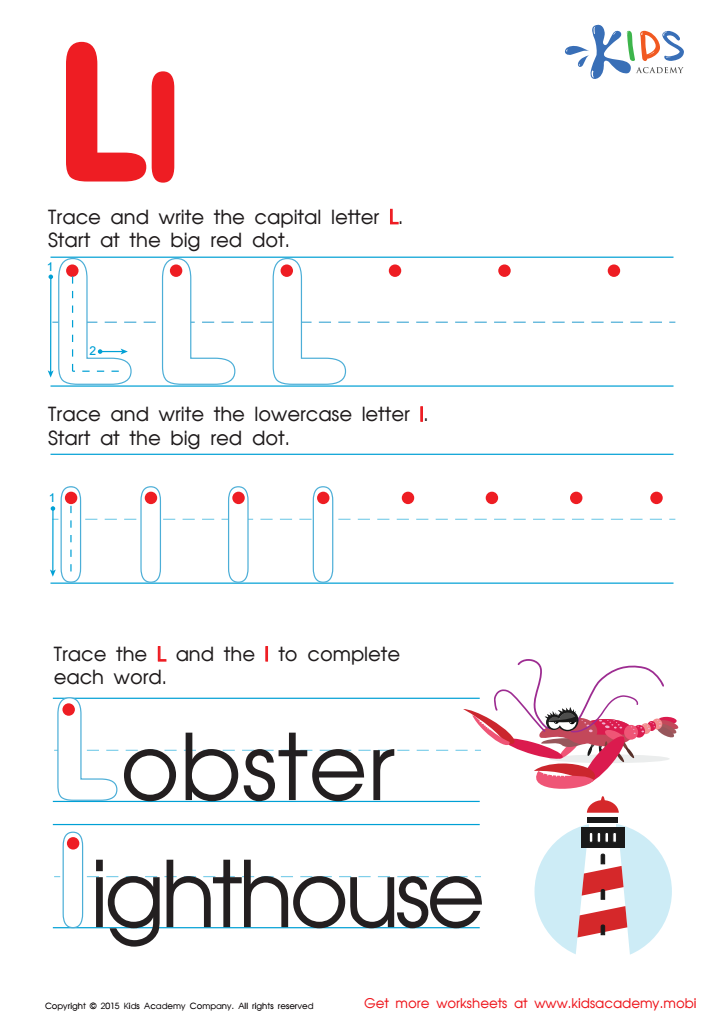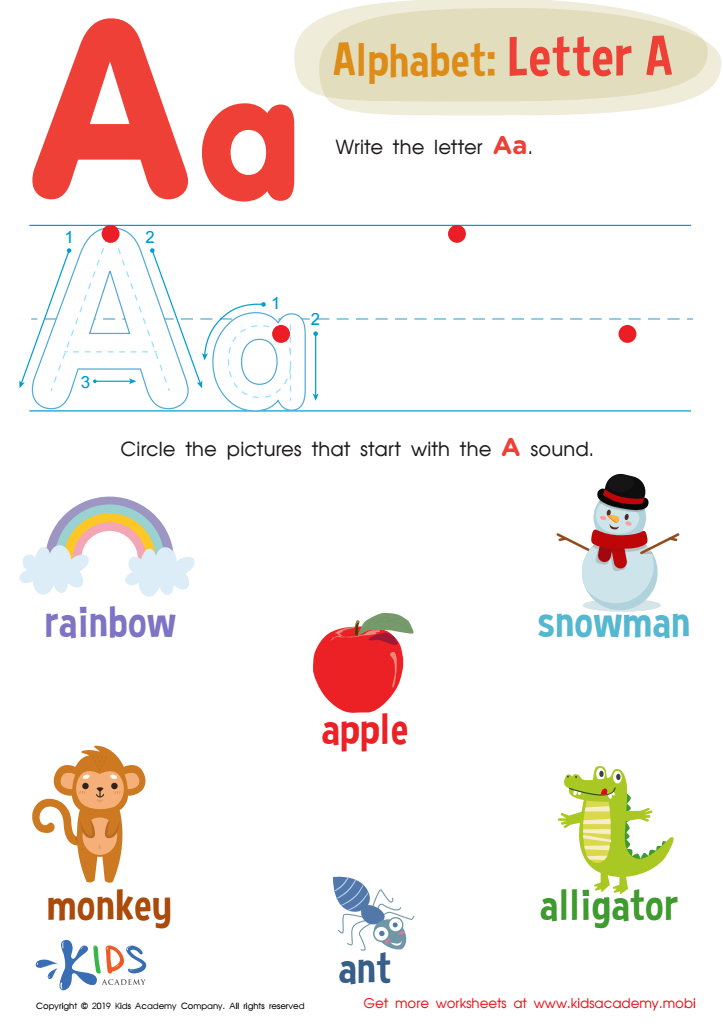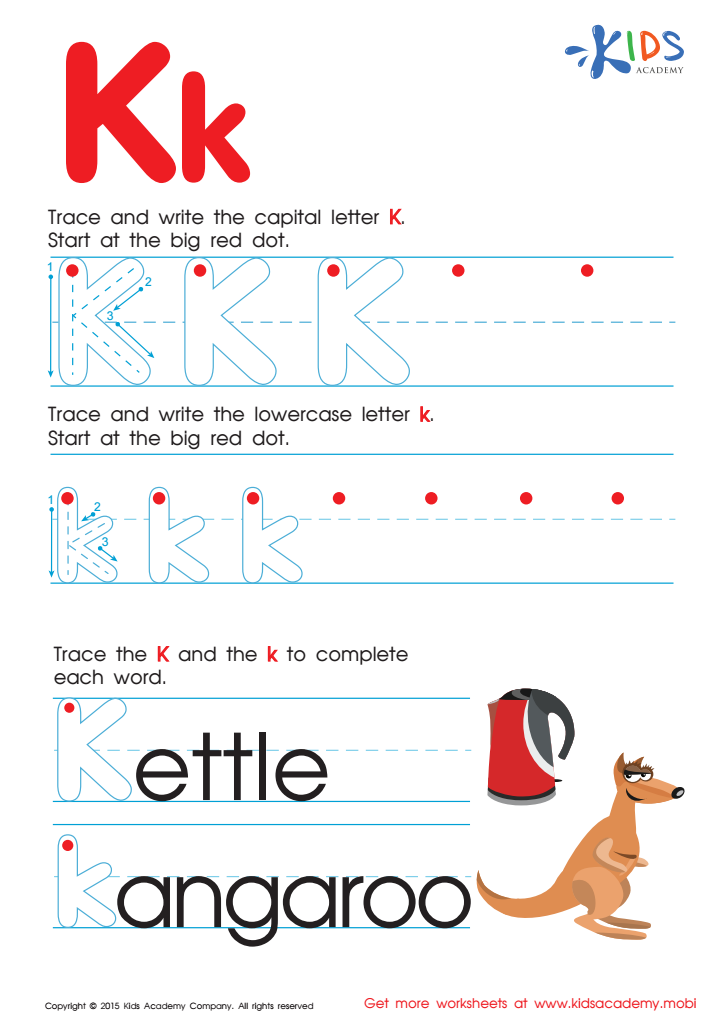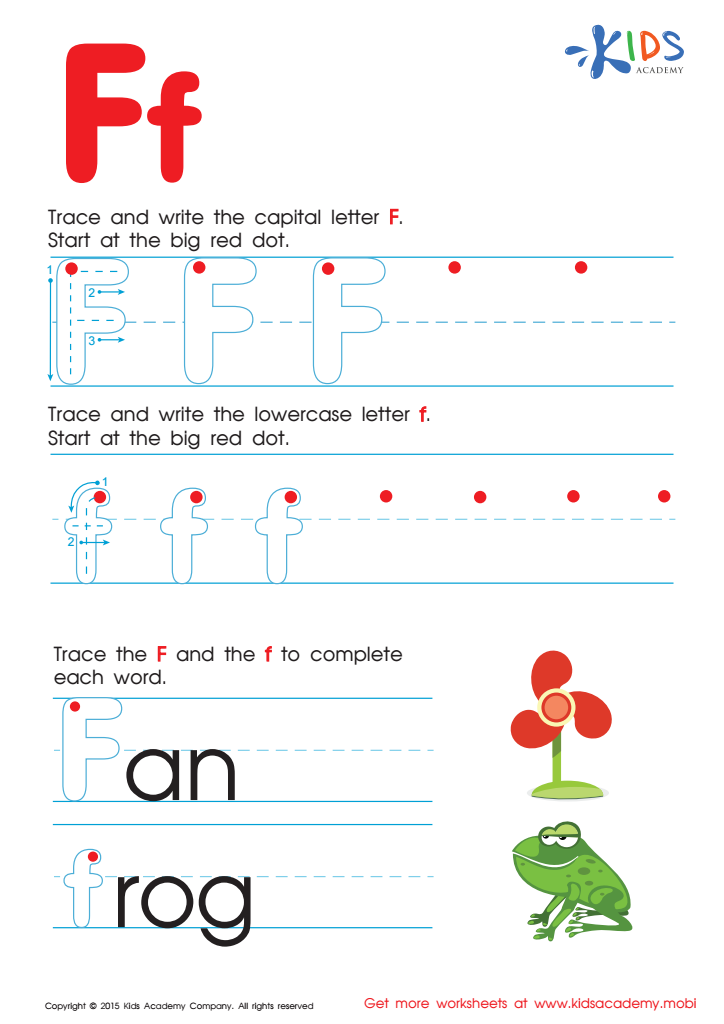Letter recognition Normal Tracing Letters Worksheets for 7-Year-Olds
9 filtered results
-
From - To
Our "Letter Recognition Normal Tracing Letters Worksheets for 7-Year-Olds" are expertly designed to bolster young learners' alphabet mastery. Crafted for effective learning, these engaging worksheets guide children in recognizing and tracing uppercase and lowercase letters. Each worksheet offers repetitive tracing activities to reinforce letter shapes and build writing confidence, providing an ideal balance of structure and creativity. Perfect for home or classroom use, they help develop fine motor skills, hand-eye coordination, and fundamental literacy abilities. Spark your 7-year-old's excitement for reading and writing with our fun and educational tracing worksheets. Let's make learning letters an enjoyable adventure!


Letter P Tracing Page


Letter Q Tracing Page


Letter H Tracing Page


Letter G Tracing Page


Letter L Tracing Page


Letter A Tracing Worksheet


Letter K Tracing Page


Letter F Tracing Page


Letter D Tracing Page
Letter recognition and the ability to trace letters are critical foundational skills for 7-year-olds, profoundly influencing their reading and writing development. At this age, children are typically mastering the basics of literacy, making it crucial for both parents and teachers to actively support these skills.
First, letter recognition is the ability to identify letters by their shapes, names, and sounds, forming the cornerstone of early reading skills. When children can quickly and accurately recognize letters, they can more easily sound out words and improve their reading fluency. This fluency is paramount for comprehension, enabling children to shift from decoding individual words to understanding entire sentences and texts.
Tracing letters reinforces the connection between written and spoken language, enhancing motor skills and memory. Through the physical act of tracing, children develop better hand-eye coordination, fine motor skills, and muscle memory necessary for writing. This practice also helps solidify the shape and orientation of each letter in their minds, reducing common literacy difficulties such as letter reversals (e.g., confusing 'b' and 'd').
Ultimately, prioritizing letter recognition and tracing sets the stage for academic success, fostering confidence and enthusiasm in young learners. When parents and teachers invest time in these activities, they provide the learners with the tools essential for a lifetime of effective communication and academic achievement.
 Assign to My Students
Assign to My Students















